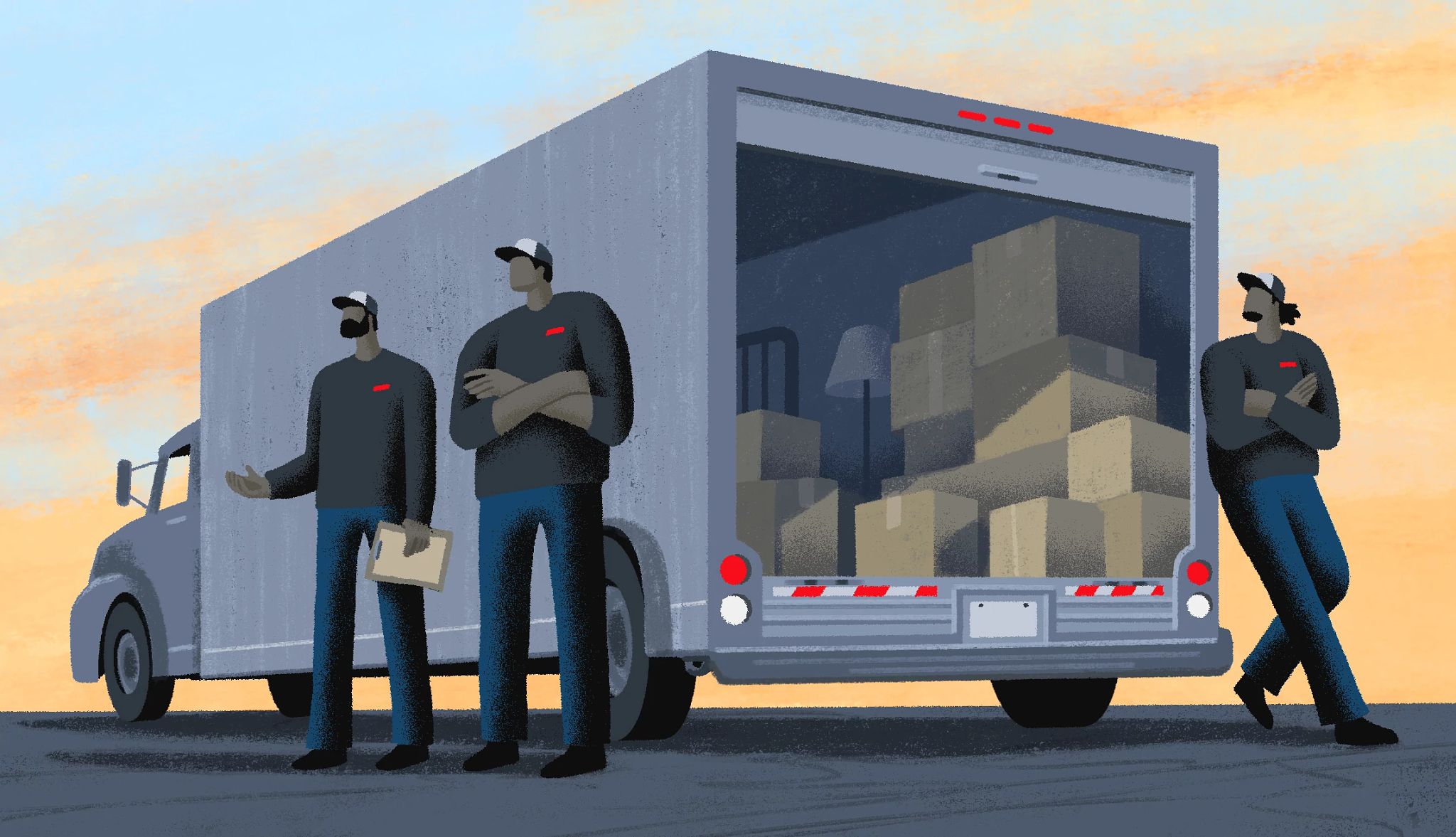
- Select a language for the TTS:
- UK English Female
- UK English Male
- US English Female
- US English Male
- Australian Female
- Australian Male
- Language selected: (auto detect) - EN
Play all audios:
DO A WALK-THROUGH. Accompany them on the walk-through of your house and ask how anything antique or delicate will be handled, says McGovern. Ask what the liability is if you pack fragile
items yourself instead of them. ESTIMATES SHOULD BE BASED ON WEIGHT. Rogue movers use cubic feet to give a price because volume is less precise and easier to manipulate for later
upcharges, says Bowley. Pricing should be based on how much your goods weigh. CLARIFY ANYTHING YOU DON’T UNDERSTAND. “Go through [your contract] with the moving company line by line to make
sure that you understand it,” says McGovern. Some things to look for are liability for anything damaged or broken, how payment will be handled and that services are all documented.
“Reputable companies will … explain all the charges, what they mean, how they’re calculated.” If the answers aren’t clear, consider a different mover. GETTING READY FOR THE MOVE KNOW
CONSUMER RIGHTS AND RESPONSIBILITIES. Your mover should have given you a copy of FMCSA’s booklet detailing how estimates, invoices, liability for loss or damage and other issues must be
handled. “Spending 25 minutes or an hour reading through that and understanding it … is a very wise investment,” says Bowley. GET EVERYTHING IN WRITING. This includes estimates, inventory,
order of service [description of all services mover will perform] and the bill of lading [your contract for the move]. PRINT OUT DOCUMENTS OR SAVE ELECTRONIC COPIES. You should have easy
access to all documents pertaining to your move on moving day. “Print out and save electronic copies, because scammers can delete an estimate they provided,” says Bowley. ON MOVING DAY
SUPERVISE THE MOVE-IN PERSON. “Plan to be available during loading and unloading,” says Bowley. If you can’t be at your house to answer questions, ensure everything is packed, caution movers
about delicate items and have a trusted representative stand in for you to supervise. INVENTORY YOUR BELONGINGS. Make a list of items to be moved, and take time-stamped photos or videos,
suggests McGovern. Your mover is making an inventory as they load and unload your goods, which you can compare against yours to ensure its accuracy. GET ANY REVISIONS IN WRITING. Make sure
any changes in the moving plan are documented. USE A CREDIT CARD, NEVER CASH. Your card provides protection if there is a dispute or you suspect a scam, unlike gift cards and cash
transfer apps . IF YOU’VE BEEN A VICTIM FMCSA has a place to file a complaint online or on its hotline at 888-368-7238. U.S. DOT Office of Inspector General takes reports online or via its
hotline, 800-424-9071. You can also report to the BBB’s Scam Tracker. Notify your state’s attorney general or consumer protection office. MOVING RESOURCES FMCSA’s Protect Your Move has
advice on preparing for an interstate move, selecting a mover and avoiding fraud, along with moving checklists. ATA MSC’s consumer information center offers detailed moving tips, along with
its ProMover directory. Movers listed on the directory have agreed to follow the association’s ethical guidelines. The BBB has a hub advising readers on selecting the best type of moving
service for your move.









